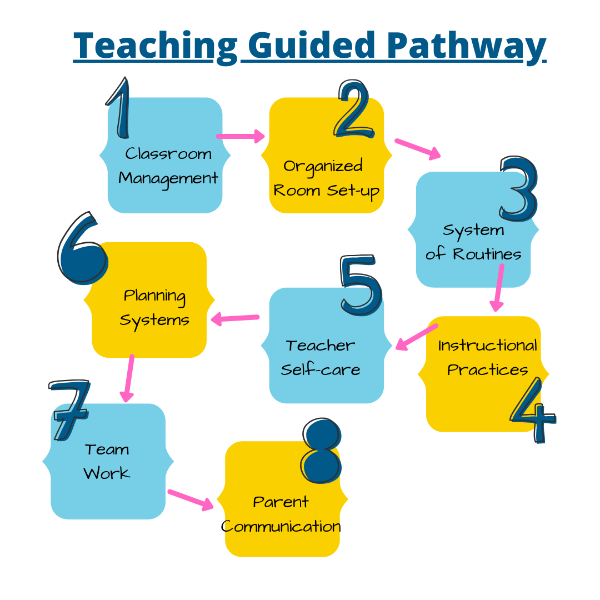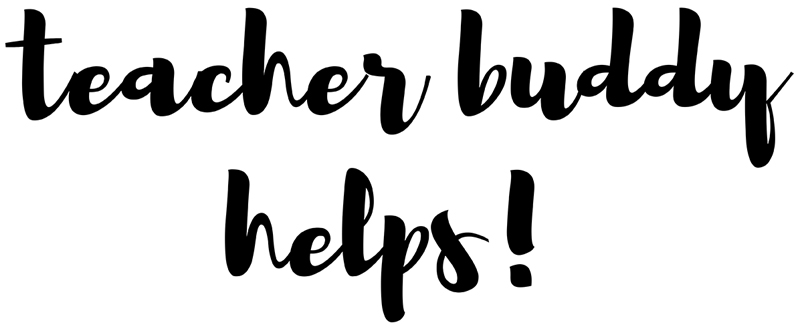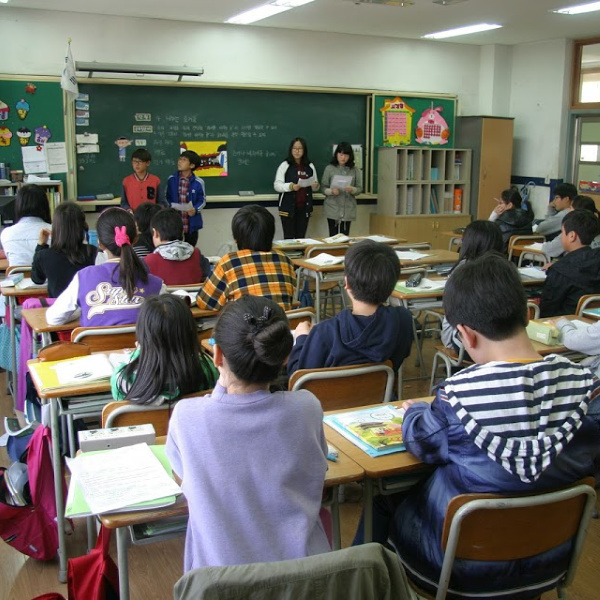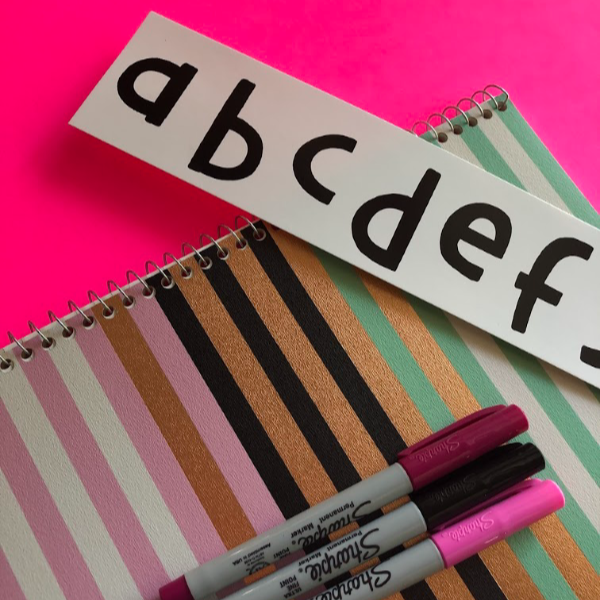A Guided Pathway for New Teachers
Every new teacher is searching for a plan, a path to guide them (a guided pathway) during their first couple of years. If you were really lucky as a student teacher, you had an amazing experience. Your master teacher was knowledgeable and taught you MANY effective tools and strategies.

However, for the rest of you, I am going to outline a solid “Guided Pathway.” This pathway will help you be organized and get you up-and-running. My goal is to encourage you so that you continue in your first or second year feeling confident.
What is this “GUIDED PATHWAY?”
Basically, the steps are as follows:
- Tackle your Classroom Management.
- Create an organized room set-up.
- Outline an organized system of routines.
- Set up effective (and engaged) instructional practices.
- Teacher self-care, Avoid the burn-out.
- Long-term and Collaborative Planning.
- Embrace and Support your team.
- Communicate with parents often.

Now, before we get started explaining each of the eight steps in this pathway, I want to offer you a FREE Downloadable on 101 Teacher Tips. Just complete the form below and I will send it right over to your email in box.
**
The 8 Step Teacher Guided Pathway
STEP #1. – Classroom Management.
Classroom Management is such a big topic that experts have written books about it, and there are courses available to learn more and more. You probably even had a college course about this OR it was a huge part of another course.
Classroom Management includes the routines you create for students, the schedule you establish for the day-to-day learning. It also includes your student discipline plan and your classroom set-up for instruction.
So, let me take a minute to discuss each of these briefly. I would suggest that if you want an in-depth course to follow that you head on over to the blog “Teach 4 the Heart” and consider enrolling in their course. First off, they offer a free Classroom Management Mini-course AND then they offer “Classroom Management 101” for $119. Here’s the link.
Routines:
Basically, you need to create a routine for almost everything that will involve either movement of students, distribution and care of supplies, and certain instructional routines as well.
Some examples are: how will students get a sharpened pencil, how will they ask to use the restroom and how do you monitor who is in the restroom, how will you collect homework, ETC.
I created a FREE checklist of most of the common routines in an elementary school
**
As you can see, there are many routines that must be established and used. Many times, when you set up a routine, you find that it just isn’t working out the way you thought it would. If (when) this is the case, try a different routine to see if it works better. It’s fine to admit it when something isn’t working. Most of the time the students realize it’s not working too.
Schedules
Often your schedules are dictated by the school schedules. You are told when to go to lunch and recess. Your start time and dismissal time is mandated. And then you need to schedule the remaining time. But you also need to pay attention to when your class goes to the library or computer lab (if you have one). Also some districts and schools have other subjects provided for the students that allows the teachers to have a common planning time.
Next you need to determine how many instructional minutes you will spend on Reading and Math. After that, you will fit in the remaining subject areas.
Student discipline plan
Your student discipline plan needs to be thoughtfully decided upon before you begin teaching. This plan must include all three of these components;
- rules
- consequences for breaking the rules
- rewards for good behavior
I have another article about rules that you can read. It’s called:
5 Simple Kindergarten Rules to Support Effective Behavior
And just so you know, the article is NOT just for Kindergarten teachers, it has great insights for all teachers.
Classroom Set-up
SEE THE ENTIRE DISCUSSION IN STEP #2
Step #2. – Organized Room Set-up.
Getting your classroom organized and set-up to work effectively and meet your needs (and the needs of your students) is another big chore.
Depending on your grade-level, many decisions will need to be made. Will the students have desks or other types of tables and workspaces? Are you going to set up certain centers around the classroom? How will the class technology work in regards to the room set-up?
For Primary grade-levels, I recommend setting up a “carpet” area for instruction along with their tables or desks. This allows you to conduct different types of instructional lessons with the students.
Many teachers today are creating different types of alternative work spaces and seating. Be sure to check with your principal or district office to ensure that this is allowed before doing this.
Be sure to consider the location of the doors and exits, as well as your wall space for bulletin boards or displays when deciding how to set up the room and furniture.
Step #3. – System of Routines.
I began speaking about this in STEP #1 regarding classroom management. You see a large part of classroom management is the day-to-day routines that you establish and enforce to allow your class to run smoothly.
Also, be sure to check out the FREE checklist I provide above. It has many routines listed and how I set them up successfully in my classroom. So, in order to not repeat myself, refer to above and to the checklist.
But I do want to point out that what works for one teacher may not work for another. A lot depends on your personality, your teaching style, your level of comfort with noise levels, and other such things.
Also, a system that works well one year may not work as well with another group of students. So often the most effective teachers find they have to revamp their systems to accommodate the group of students that year.
Step #4. – Instructional Practices.
Mastering a handful of effective instructional practices can be a game-changer for a new teacher. Being able to incorporate a number of active learning strategies will keep students engaged and learning.
Some effective instructional practices are; using white boards for student group responses, partner sharing, quick writes, hand signals and poster walks.
Some of these work better with students above 3rd grade and others are great for primary. While others can work for both but are delivered in slightly different ways depending on the student age group.
Now you are halfway through the guided pathway. AND believe it or not you have tackled the most difficult and time-consuming part of preparing to teach.
More Steps on the Guided Pathway!
Step #5. – Teacher Self-care.
This step is all about taking care of yourself so that you can be an effective, happy teacher. I am sure that you all entered the teaching field because you love students and the idea of shaping their minds.
So, knowing that, I am also sure that you want to lead a happy and content life. AND YOU CAN! You don’t have to drive to work each day worried about your discipline, or your lessons, or all the extra work required to do your job, or your student’s parents, or your administrator (I’m sure there a few more to add).
Instead, wouldn’t it be nice to drive to work confident in your day since it is all planned out already, and looking forward to seeing and interacting with your students and your colleagues.
You can be that teacher by following the guided pathway tips.
BUT, you also need to take care of yourself in other ways, take a weekend get-away. Here are some ideas: Inexpensive Weekend Get-Aways for Teachers.
You need to consciously do things to avoid teacher burnout. Another tip is to be sure that you are getting some needed R & R throughout the year when things are starting to cause stress. Here are some tips for that too:
How to Avoid Teacher Burnout; a Little R & R!
Basically, you need to plan and approach your self-care just like you plan things at work and in your family life. It’s too important not to.

Step #6. – Planning systems.
There are two additional planning systems that you are now ready to incorporate now that you have set up your other systems correctly. They are; Long-term planning and Collaborative Team Planning.
At some schools both of these are done together. But if your school doesn’t do this, then you should strive to do them for your own class and grade-level.
Collaborative Planning
If there isn’t a scheduled grade-level or department meeting time established, casually ask your team partners if they’d like to meet during a planning period or after school for about a half hour to discuss and improve curriculum and instruction.
If your team already meets, AWESOME! Are your meetings productive? Or are you talking about your son’s baseball game last night? A little chit-chat is okay, but try to get the group to refocus on collaborative planning so that everyone benefits. Here is an article I wrote about this:
7 Ways Collaborative Planning Improves Learning
Long-Term Planning
And now to discuss Long-term planning. Long-term planning is also called “Backwards Mapping” in some districts. Basically, it entails looking at the entire year and the entire curricular subject and spreading out the content for that subject in a thoughtful, intelligent format.
When doing this teachers have to take into consideration holidays and breaks, other subject areas, special events at the school, report card periods, state testing schedule and other such concerns.
Here is an article that spells out how I did my long-term planning for a year. I’m sure there are other ways, but this one works well.
The Instructional Benefits of Long-Term Planning! Do You Know What They Are?
Step #7. – Teamwork.
Becoming a part of a successful team at your school will provide numerous helpful benefits. First it will make you enjoy your job better since having a team you can rely on makes a world of difference.
Planning becomes easier as you meet to plan what’s next and what you can all do to help the team.
You also feel like you have support with student behavior and school duties, since you have someone that can provide help if you are in a bind, or if you just need a break from a disruptive student.
Step #8. – Parent Communication.
The final step in the guided pathway for new teachers is tackling the parent communication part of your new career. Getting parents in your corner can make a world of difference in how the year folds out.
Parents can be recruited to work in the classroom as volunteers, or to help at special events in the year such as field trips. If you begin the year with positive communication, you have a higher chance of having cooperation with a difficult issue should one arise.
Begin the year with a wonderful note to parents. Then have a Back-to-School Night presentation that is informative, supportive, positive and shows that you truly care about their child.
Next, each week for the entire first semester, send home a few positive, individual notes to the parents about their child’s successes. If you prefer, you can also make phone calls to parents or text messages or emails.
These individual “notes” of praise for their child helps to build the habit for them of reading what you send home. One suggestion I have is to explicitly ask the parents to be sure to praise their child for “whatever you mention in the note.” By doing this, you can be fairly sure the child heard the praise from their parent. This also improves student behavior (for a while).
After all, who doesn’t like to be praised?
In Conclusion
Well, you’ve made it through this article on your pathway. I KNOW IT’S A LOT OF WORK! But, I also know that you are up for the challenge.
Good luck with your new classroom! Be sure to refer back to
Until Next Time,
Your Teacher Buddy






